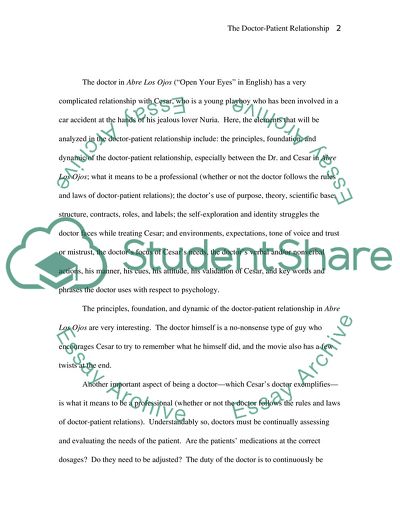Cite this document
(The Doctor-Patient Relationship Case Study Example | Topics and Well Written Essays - 1500 words - 1, n.d.)
The Doctor-Patient Relationship Case Study Example | Topics and Well Written Essays - 1500 words - 1. Retrieved from https://studentshare.org/health-sciences-medicine/1752780-paper-on-the-client
The Doctor-Patient Relationship Case Study Example | Topics and Well Written Essays - 1500 words - 1. Retrieved from https://studentshare.org/health-sciences-medicine/1752780-paper-on-the-client
(The Doctor-Patient Relationship Case Study Example | Topics and Well Written Essays - 1500 Words - 1)
The Doctor-Patient Relationship Case Study Example | Topics and Well Written Essays - 1500 Words - 1. https://studentshare.org/health-sciences-medicine/1752780-paper-on-the-client.
The Doctor-Patient Relationship Case Study Example | Topics and Well Written Essays - 1500 Words - 1. https://studentshare.org/health-sciences-medicine/1752780-paper-on-the-client.
“The Doctor-Patient Relationship Case Study Example | Topics and Well Written Essays - 1500 Words - 1”, n.d. https://studentshare.org/health-sciences-medicine/1752780-paper-on-the-client.


